Past Event: Nov 09, 2023
Retrouvez Boxfusion Consulting lors de l’événement Oracle Applications Unlimited Days, en France
1 min read
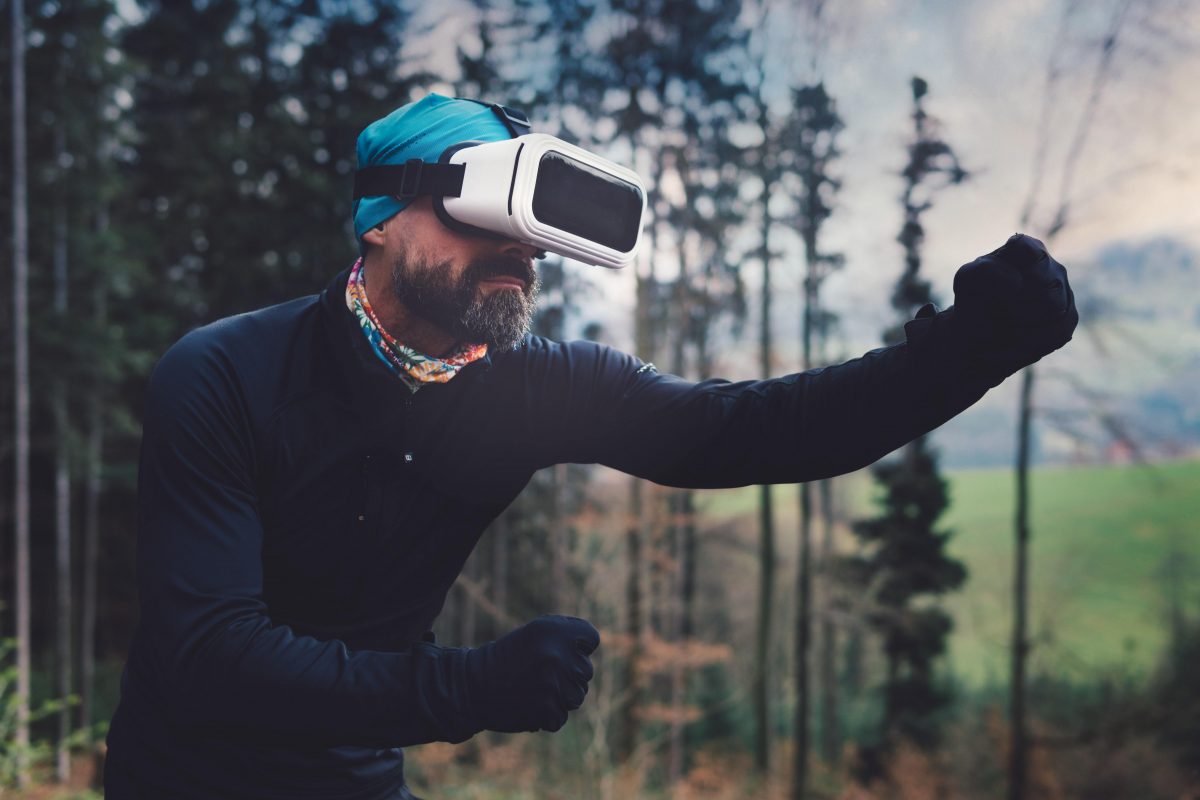
Author: Pedro Malheiro
9 min read
As UX and CX consultants, we are often brought in to help with existing CRM implementations that have reached a point where employees avoid using them, with staff complaining that they are overcomplicated, are not user friendly and are a source of frustration. Organisations heavily invest in these tools to try and improve their competitiveness in the market, by improving customer support, gaining more customer insight, improving data quality or striving to increase overall productivity. However, it is often found that the ROI is then limited by the lack of user engagement.
What if an employee actually wanted to ‘play’ with Siebel, Oracle Service Cloud or Oracle Sales Cloud the same way he wants to pick up his phone and play a game? What if an employee actually looked forward to logging in to the system again on Monday morning? How can game mechanics be built into a CRM application to bring more benefits than a redesign of CRM based only on more traditional metrics (e.g. number of clicks)?
“Fun is the easiest way to change people’s behaviour” - The Fun Theory
Gamification might be a fairly new concept to many, however, at a technological level, it’s been talked about for quite a long time. Gartner and Google trends show the gamification hype since 2011. Furthermore, it is expected that the next 2-5 years will see gamification well established as best practice in the industry.

The term itself hints at the idea of mixing games with something else (enterprise applications in this case), however, the aim isn’t to make CRM look like Candy Crush. The intention is to make the user feel the same inner drive. This is where intrinsic motivators come into play as opposed to the extrinsic kind. Extrinsic motivators are traditionally used within companies and offer tangible rewards such as a financial bonus. Intrinsic rewards aim at the underlying sensations of competence (possibly via competition), the desire to reach the next level (progress), freedom of choice on progress and relatedness and importance, to keep people engaged. Games (or at least good, well-designed games) are all about tapping into those intrinsic aspects - some people enjoy spending hours every day playing games and don’t even get paid! If that influence can be adapted to workplace applications such as CRM, many aspects of an employee’s daily job can see a dramatic, positive change. Gamification in CRM aims to influence a person’s behaviour, learning curve and motivation when engaging with work applications they use on the daily job.
Here are a few ideas about how gamification can be applied in CRM at enterprise level.
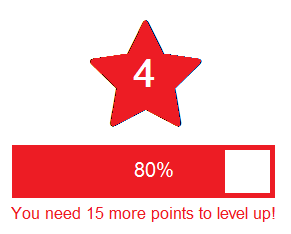
Like the mechanics of a game, whereby a player has an objective to progress to the next level, CRM can be developed to motivate the users to improve and progress to the next level. Progress bars indicate how close a person is to reaching the level and, each time a new level is in fact reached, the event can allow for a set of new items to be unlocked. This could be a new theme or colour scheme for the application (specific for users at that level). Other examples of items to become unlocked are business-specific functions: it is possible to define some opportunities records in CRM that would only be available for users above a specific level on day one, similar to an early bird advantage. If a particular user’s level is below that defined threshold, he would need to wait until the next day to pick it up. This way higher level users have the advantage of being able to pick and choose from the newest opportunities first. These functions can be unlocked to suit different user levels. The more progressed the user, the more functionality and features available to that user.
Other types of changes when levelling up include allowing users to customise the layout of the pages (change the order of screens in Siebel, for example) or allowing a user to save service request templates to simplify his/her own process of creating new service requests. This allows the application to be very clean and simple for novice users but become increasingly more complex as they go up in levels.
Progression through levels would advance using a point-collection system as users perform activities, gain achievements or raise their level. As a user level advances, points become more difficult to collect.
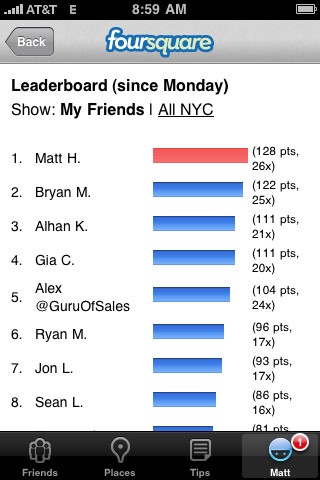
By definition, a leaderboard is a list in which individuals are organised by points or achievements. In terms of gamification a leaderboard can have an effect of highlighting who’s up front and entice and motivate the other players to do more.
Let’s apply this example of gamification to a customer service environment. A leaderboard in this context can show the top 10 staff members in the company in terms of total number of calls answered. Still in the same topic, a leaderboard could also show the top ten employees with lowest average time per service request resolution.
In Sales, a leaderboard on total sum value of converted opportunities will naturally drive employees to compete to get to the top – to be the employee with the most amount in value of converted opportunities.
Leaderboards can also use the concept of points and this way allow everyone to compete directly, regardless of their specific role within an organisation. It could be valuable to have leaderboards per entity or per process. This way, experts in specific areas are recognised, even if their numbers aren’t comparable with other areas of the CRM application. An example can be seen on Tripadvisor, where restaurants and hotels are in country, region and even town-specific leaderboards. It is interesting to note with this example that gamification is applied on a B2B context – CRM gamification is not exclusive to an organisation and its employees.
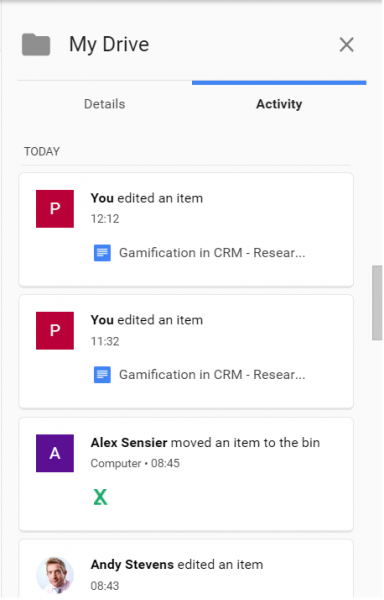
Users typically need to perform various actions throughout a CRM application including creating contacts, creating accounts, attaching files, solving service requests and more. Much like on a MMORG, the action is recognised by the system and provides a sense of safety and achievement to the player.
The same principle can be applied in CRM. If we look at the Sales side of the business, Jane Doe may have been nurturing an opportunity and, if she finally wins it, a notification can be set along the lines of: “Jane Doe has just won an opportunity!”. Expanding on this, as these are public activity feeds, the notification will be displayed and the work can then be recognised by the rest of the team (including Jane’s managers).
A feed of achievements like this can be mixed in with the activity feed or separated out into its own feed (so as not to overcrowd the application with too much information). For example, you might see a message that says ‘Mark Smith successfully resolved 50 service requests this week! Well done!’.
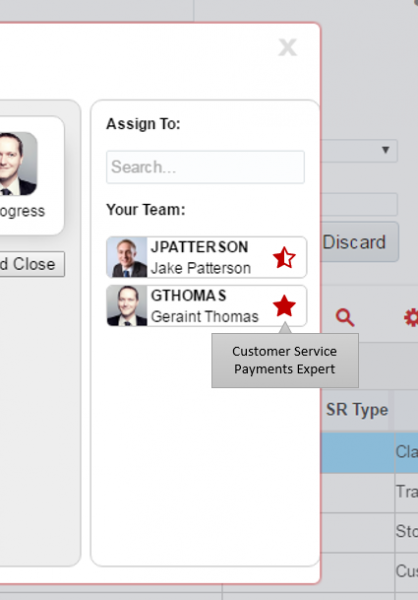
Recognition of someone that has proven to be an expert is important feedback to receive and games do this very well by awarding skill badges. These are then visible in the player’s details and which are visible to others. The exact same concept can be applied to CRM with motivational gains to staff.
On the example above, the achievement feed could say ’Mark Smith is now a Service Request Master’. This would be accompanied with a Service Request Master badge which would be placed on his profile, visible whenever any other user hovered over his name on any record he’s been involved with.
The narrative concept is presented further down in this post, but it makes sense to keep this in mind here: badge names should not be too general. They should appeal to the culture of the company as this will keep employees engaged, motivated and, perhaps, even proud!
Extrinsic rewards aren’t mandatory - the key principle is to tap into what players/users like, and want, to do - however they can serve the purpose of adding another layer of interest. Monetary rewards aren’t easy to agree on with senior management, but other tangible rewards can still be considered, such as time off (half an hour, early leave etc.). With these reward schemes, calculations would need to be performed in order to understand what the expectations are.
The concept of a mission within a game can be effectively used as a method for training and encouraging staff to grow more quickly. They are voluntary only and allow the player to get a number of points or a badge at the end, consequently contributing to a quicker advance through the levels.
In CRM, a mission could be to complete a training course embedded in the system. If there is a surge in incoming calls in a contact centre, a mission could be created to give bonus points to the first person to answer 15 calls within the following hour.
Missions can also be set up to be performed in group (think of the group 'raids' in World of Warcraft, for example) which can allow multiple people to participate in tasks together. For processes that require engagement from employees of separate departments (which could be the lifecycle of a sales order in CRM) it might be interesting, for example, to have missions that allow for staff to voluntarily come together to complete a target number of orders within a week.
Finally, it is important to consider carefully the narrative of the game. Games draw in players through the story and they feel engaged with it. Consider the badge names, the mission stories, the achievements, the rules. It should all add up, engage and really add meaning and importance to the ‘game’. Take the badge example, for instance: what name makes more sense for the organisation culture and industry in question? ‘Expert Online Sales Assistant’, ‘Senior Field Service Engineer’, or even ‘Jedi Master Database Administrator’?
It is important to keep in mind that gamification design should be tailored to the specific business and users. UX designers often talk about user-centric design and that notion is transportable to gamification. CRM users can be viewed as the players in a gamification project and the slight differences should be kept in mind as that is where the benefits will come from. A player wants to (and actively will look to) be delighted and empowered – we want this for CRM users as well! – whereas traditional organisations would simply want the user to be efficient. People who are engaged and - heaven forbid! - having fun, bring much more value to the organisation. We’re not all robots, or at least not just yet…
If you have any comments or questions regarding this blog post, please leave them in the comment box below.
Boxfusion Consulting are an Oracle Platinum Partner and recognised by Oracle as specialised in the implementation of Oracle Siebel CRM. We deliver tangible business benefits for our customers through optimising their Siebel systems, with a key focus on optimised user experience (UX). To achieve this, we provide the complete set of development, design and support services for Siebel CRM and Siebel Open UI.
If you would like to hear more about how you can leverage Oracle Siebel CRM to deliver business benefits that meet your expectations and those of your user community, or you would like to know how Boxfusion can help you gain more intelligence from your data, give us a call on +44 203 283 4315 or contact us here.
1 min read
1 min read
5 min read